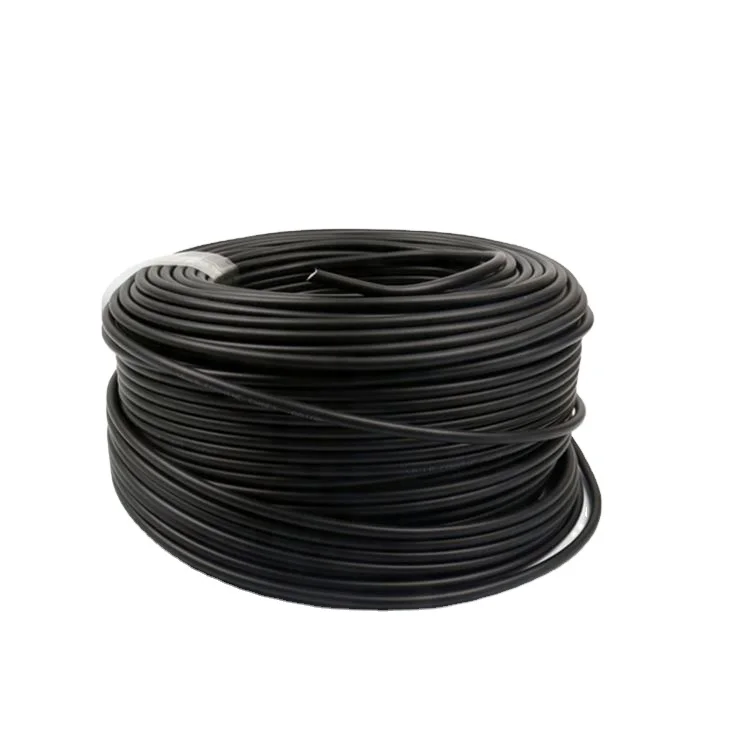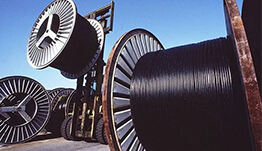What is a Coaxial Cable? A Simple Explanation of the Basics You Need to Know
Introduction
Coaxial cables play a crucial role in our daily lives and business environments, particularly in communication and data transmission. Despite their ubiquitous presence, many of us may not have a deep understanding of their structure, functions, and types. This article aims to provide a comprehensive explanation of coaxial cables, including their basics, types, and standards, to help you make informed decisions when choosing and using them.
What is Coaxial Cable?
A coaxial cable, officially known as a "foamed polyethylene insulated vinyl sheath coaxial cable," is a type of coated wire used primarily for electrical communications, such as video signals. Its key advantage lies in its ability to efficiently transmit high-frequency signals.
Applications of coaxial cables
Coaxial cables are utilized in a variety of applications and locations, including:
- High-speed communications such as LAN and CATV
- TV receiving antennas
- Broadcasting and relay stations
- Transmission of audio, video, and microwave signals
Their structure, consisting of a central conductor, an outer conductor, and an insulator between them, offers effective protection against electromagnetic interference (EMI) and radio frequency interference (RFI). This makes them ideal for use in TV antennas, cable TV wiring, satellite communications, internet connections, and more.
Advantages of Coaxial Cable
In addition to exhibiting extremely low signal loss and high durability, coaxial cables offer several other advantages:
- Cost-Effectiveness: Compared to optical fiber cables, coaxial cables offer lower material and installation costs, making them a cost-effective solution for large-scale networks and residential use.
- High Compatibility: Many existing devices and connected equipment use coaxial cables, facilitating easy connections when introducing new equipment. This high compatibility makes it easier to expand and update the system.
- Durability: The outer coating of coaxial cables protects the internal conductor from physical damage, ensuring reliable performance even in harsh environments.
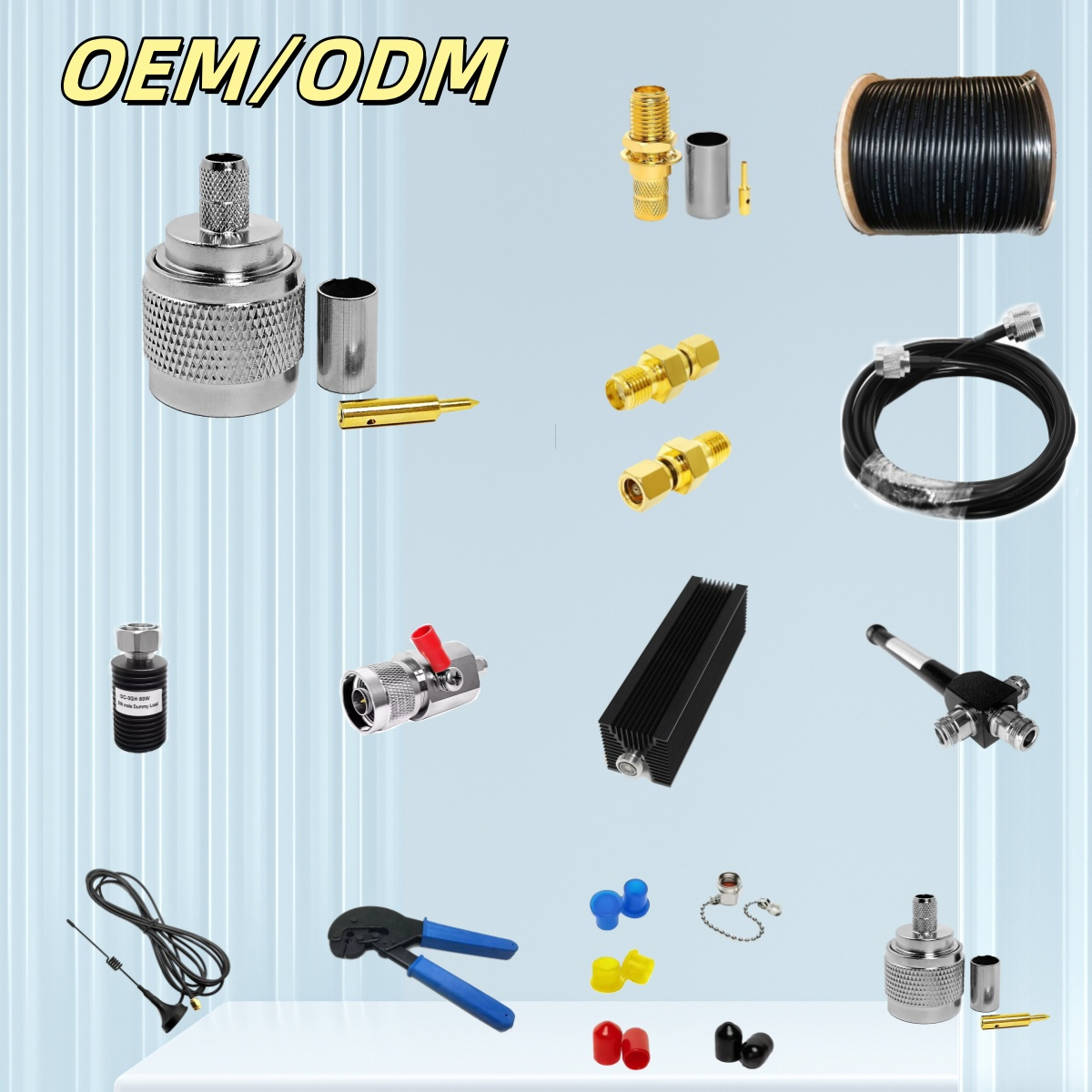
Coaxial cable structure
Coaxial cables consist of several layers arranged in a specific order, each serving a unique function:
- Center Conductor: Made of copper or aluminum, it directly transmits the signal.
- Insulator: Made of materials like polyethylene or fluororesin, it prevents signal leakage and external interference.
- Outer Conductor (Shield): A braided copper wire that protects the signal from external electromagnetic waves and prevents internal signal leakage.
- Outer Jacket: Made of durable materials like polyvinyl chloride (PVC) or polyethylene, it protects the entire cable from physical damage and environmental factors.
This multi-layer structure enhances signal transmission efficiency and minimizes external interference.
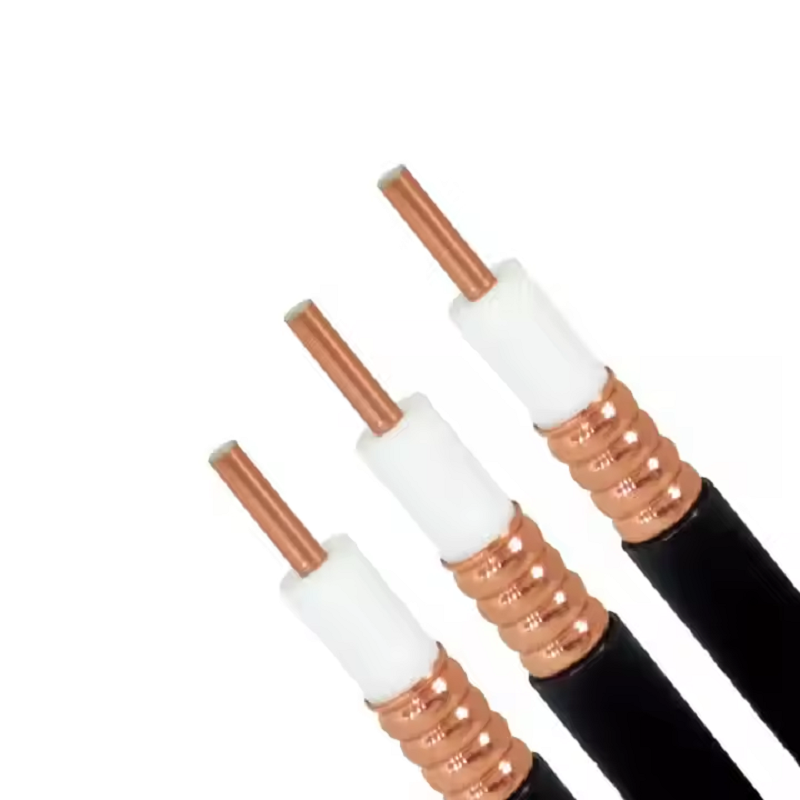
How coaxial cables transmit electronic signals
When a coaxial connector is attached to a coaxial cable, it becomes possible to transmit high-frequency electrical signals. A coaxial connector connects the coaxial cable to a device, ensuring that the following points are in contact:
- Coaxial cable (inner conductor) and coaxial connector (center contact)
- Coaxial cable (outer conductor) and coaxial connector (main body)
The central and outer conductors of coaxial cables are arranged on the same axis, enabling highly efficient transmission of electronic signals while minimizing the effects of electromagnetic waves. Electronic signals are transmitted by applying a voltage to the central conductor, which is then processed as a signal at the receiving end. Coaxial cables utilize the skin effect for efficient transmission of high-frequency signals, and their constant characteristic impedance reduces signal reflection and distortion, enabling stable transmission.
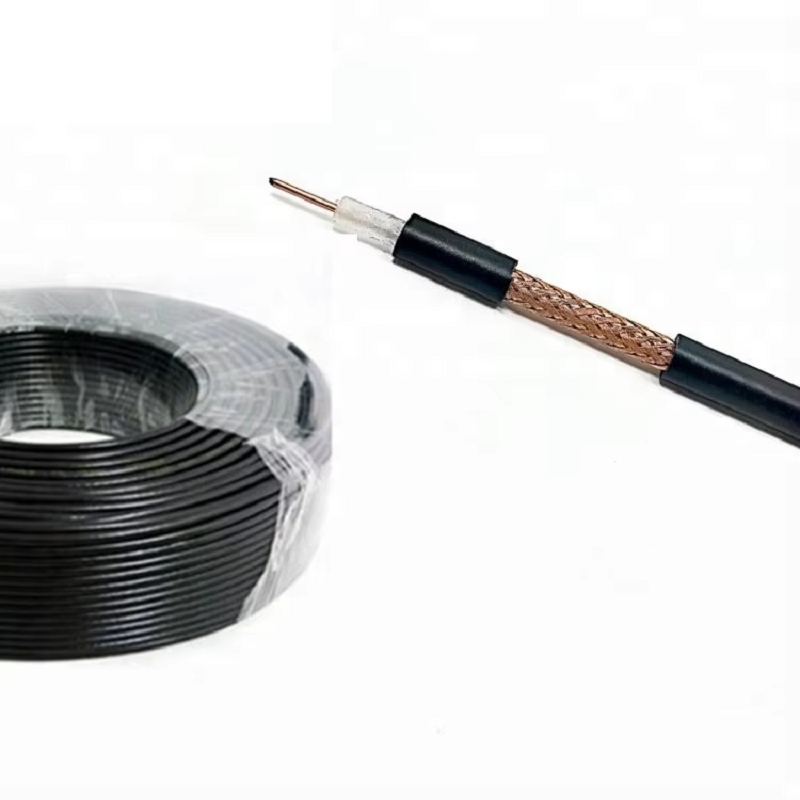
Types of Coaxial Cables
There are various types of coaxial cables designed for different applications. The two most widely used standards are:
- JIS Standard (Japanese Industrial Standard): These cables are highly reliable and safe, suitable for specific applications and environments in Japan. They comply with detailed specifications such as cable outer diameter, conductor material, insulation type, and shield structure, ensuring compatibility and stable performance. JIS standard coaxial cables are widely used in communication infrastructure, broadcasting systems, and industrial measuring instruments.
- MIL Standard (Military Inspection Standards): Established by the US Department of Defense, these specifications ensure the quality and performance of coaxial cables suitable for military applications. MIL-standard coaxial cables perform well under harsh conditions, such as extreme temperature changes, vibration, humidity, and corrosion. They are widely used in fields requiring high reliability, such as medical equipment, industrial equipment, aerospace, and defense.
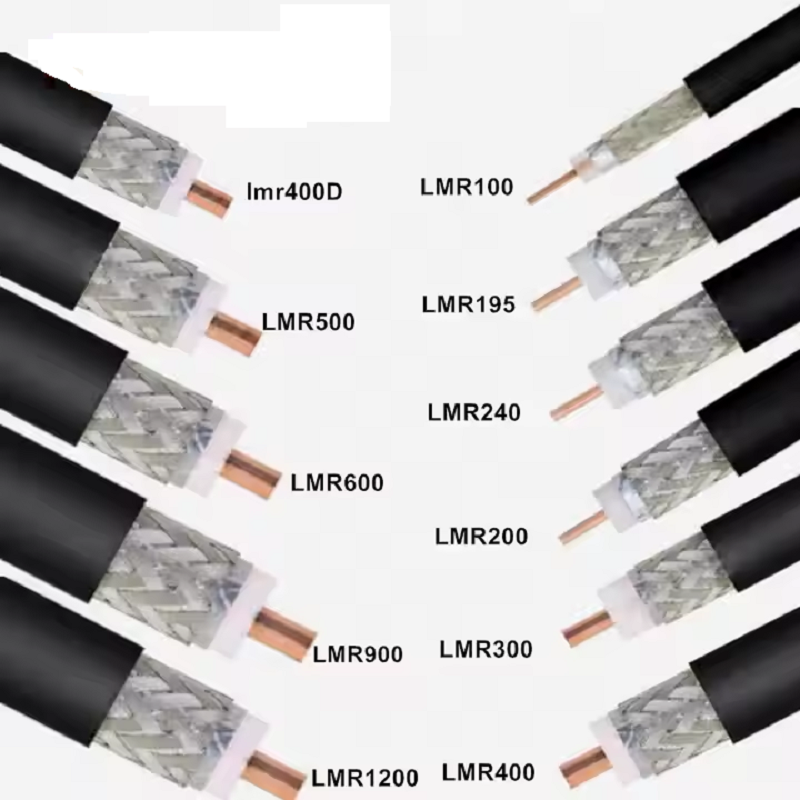
Conclusion
Coaxial cables are an essential technology widely used in various fields, including home and business networks, television broadcasting, and communication systems. Understanding their basics, types, and standards will enable you to make informed decisions when choosing and using them. By gaining a deeper understanding of coaxial cables, you can select the right cable for your needs and ensure optimal performance.
Contact Us
E-mail:[email protected]
Phone:+86-139 52845139
WhatsApp:+86-139 52845139
WeChat:

Hot News
-
What is RF coaxial connector? What are the characteristics and applications?
2025-07-01
-
BNC Connector
2024-07-22
-
SMA connector
2024-07-19
-
The difference between BNC connectors and SMA connectors
2024-07-03
-
What are the advantages of anti-interference coaxial cables
2023-12-18
-
Complete Guide to Basic Knowledge of Coaxial Connectors
2023-12-18
-
Why is the anti-interference ability of coaxial cables so strong
2023-12-18

 EN
EN
 AR
AR
 BG
BG
 HR
HR
 CS
CS
 NL
NL
 FI
FI
 FR
FR
 DE
DE
 EL
EL
 HI
HI
 IT
IT
 JA
JA
 KO
KO
 NO
NO
 PL
PL
 PT
PT
 RO
RO
 RU
RU
 ES
ES
 TL
TL
 IW
IW
 ID
ID
 VI
VI
 HU
HU
 TH
TH
 TR
TR
 FA
FA
 MS
MS
 UR
UR
 HA
HA
 JW
JW
 LA
LA
 MY
MY
 KK
KK
 TG
TG
 UZ
UZ
 AM
AM
 PS
PS

